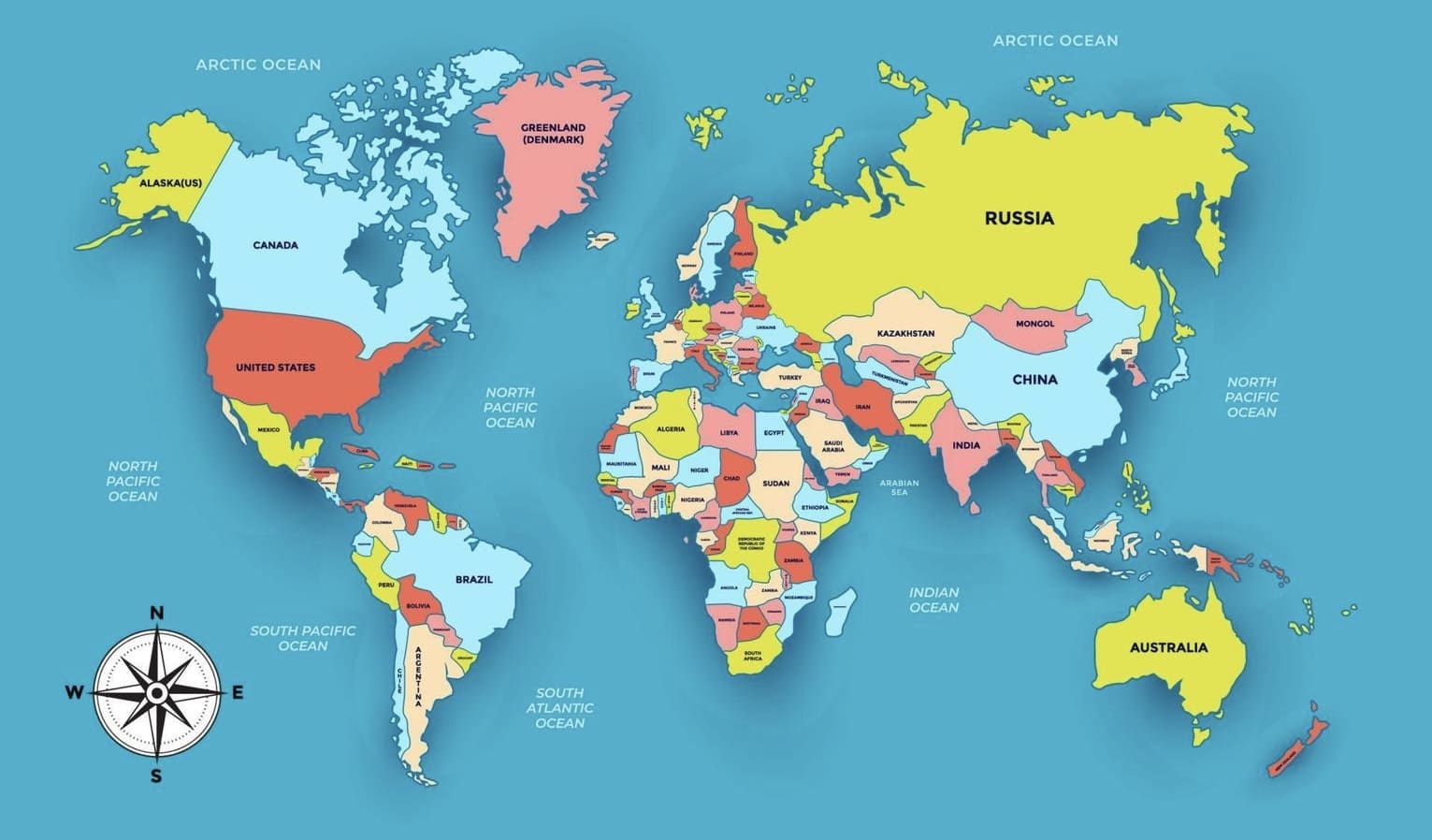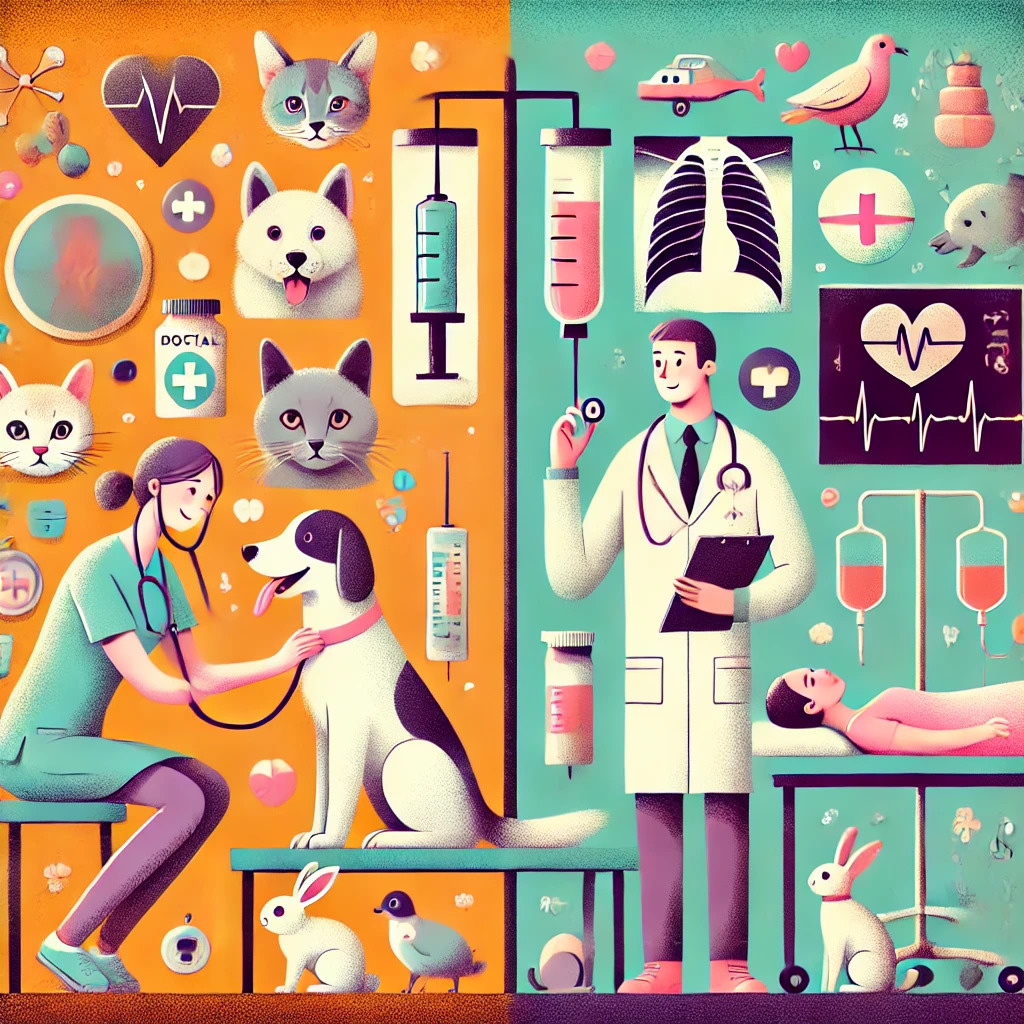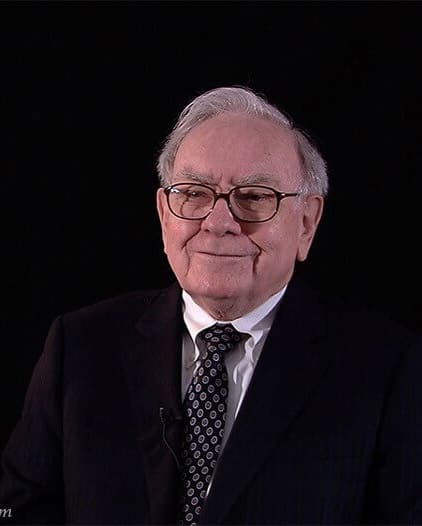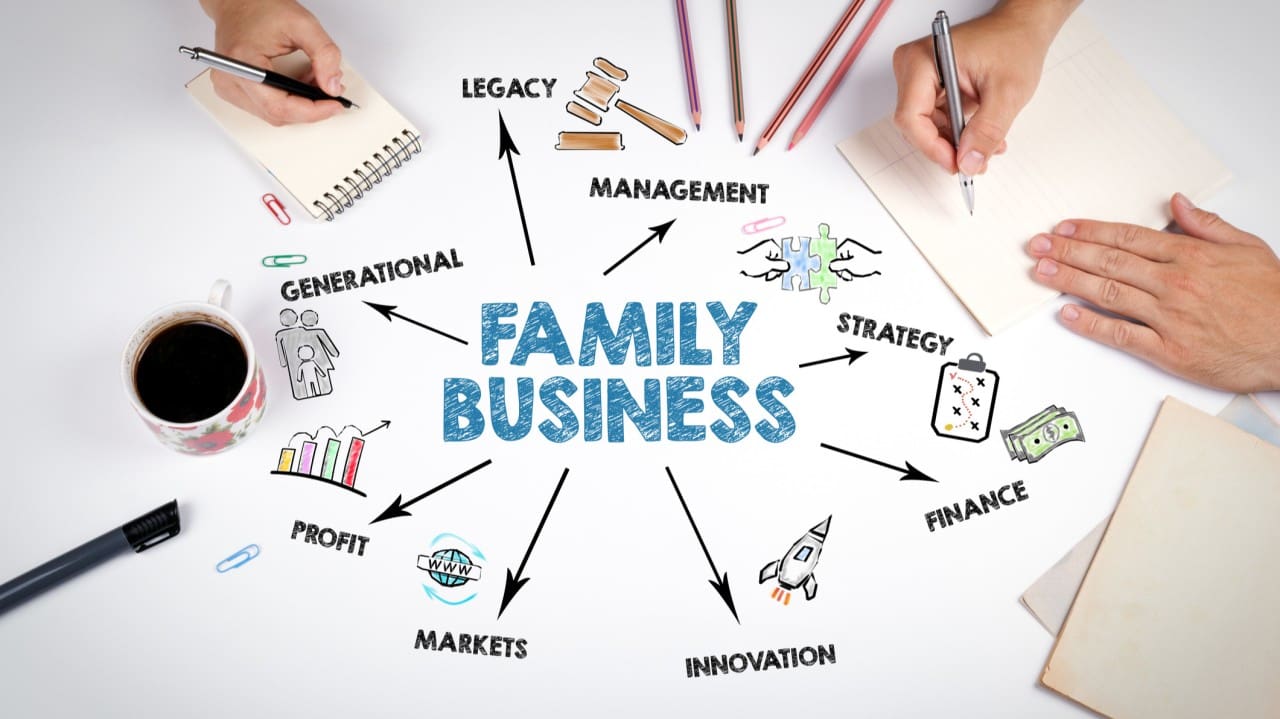Let’s go abroad!
More than 23 million American households — nearly 1 in 5 nationwide — adopted a pet during the pandemic, according to the American Society for the Prevention of Cruelty to Animals (ASPCA).
Let’s start there!
USA
The average lifespan of a domestic dog is 10-13 years. Therefore we can expect that most COVID acquired dogs will reach the end of their lives by 2030 or slightly beyond. Additionally, as Boomer era veterinarians age out of the workforce, they are being replaced by the next generation of veterinarians. A very interesting statistic from a recent study Demand for and Supply of Veterinarians in the U.S. to 2032 byRobert J Gitter, Ph.D., Joseph A. Meek Professor of Economics (Emeritus), Ohio Wesleyan University Bill LaFayette, Ph.D. owner, Regionomics® LLC, stated that there is a “shift toward an increasing number of female veterinarians, and retiring Baby Boomers are gradually being replaced by members of the Millennial generation and Generation Z. Female veterinarians average 4.6% fewer hours than men, partly because a greater share of women work part-time.” This is likely because they are working double duty to raise a family at the same time. The system is, in fact, stressed. But it is not just here in the USA. Last week we discussed the actual math of this issue.
Mexico
In Mexico this perfect storm of more owned animals and a decreased workforce (veterinarians and technicians alike) has put a strain on the consumer. This resulted in an attempt to improve access to care with the implementation of federally funded veterinary clinics and hospitals providing low cost services to the general population. Unfortunately the law is unclear and the funds available to these low cost clinics are insufficient leading to poor quality of care. No real great solution exists just yet. And even with all the murkiness of the law, many of the private sector veterinarians supported it because in classic veterinarian form, animal well being is above all else. And access to affordable veterinary care is the number one priority; the true do-gooders!
Canada
In Canada a recent news report from the CBC, the Canadian Broadcasting Company, aimed at demonstrating the economic impact of corporate ownership of veterinary practices created an uproar in the general population.
In Canada the three most important corporations that own veterinary hospitals are VCA, NVA and VetStrategy and it is estimated that more than 20% of veterinary practices are owned by a corporation in Canada. VetStrategy says: “As with all industries,” costs have risen “rapidly,” something the company attributes to the “inflationary global economy.” It also noted that a shortage of veterinarians has meant the company had to improve pay and conditions to stay competitive in hiring.
In Quebec, a similar report was aimed at veterinarians, essentially accusing the profession of charging unfairly for services and lacking transparency about corporate ownership.
One could argue that the rise in cost of veterinary care is also driven by the vast array of care now available to pet owners, the cost of necessary equipment and the need to improve the salary of veterinary professionals who have notoriously been underpaid compared to other health professionals. And we always support veterinary professionals being paid commensurately with their skill level. After all, they are taking care of our family members!
In Quebec the veterinary consumer’s reaction to this report has led to much distress from veterinarians already under a lot of pressure from staff shortages and increased demand, forcing the AMVQ (Association des médecins vétérinaires du Québec) to come to the defense of the profession in the media.
Great Britain (UK)
In Great Britain, the expectation is that this shortage will right itself within the next 10 years. The thought is that pet ownership will regulate , more veterinarians will enter into the system and create a better condition. “ British researchers found that the supply of full-time equivalent veterinarians in the U.K. met 90% of demand in 2023 and is projected to increase to 96% in 2033, then drop off “very slightly” by 2035.” (1)
Great Britain calls their veterinary technicians, veterinary nurses. The prediction that the amount of veterinary nurses in Great Britain will be in a surplus condition by the time the veterinarian shortage works itself out.
In Summary
Each country has their own interpretation of the problem, the cause and a proposed solution. There are a lot of conflicting viewpoints and most likely all of them are contributing to the problem and indicative of a solution. Going into veterinary medicine is driven by the core unshakable desire to provide care for animals and comfort for their owners, not money.
Practicing high quality medicine costs a lot of money and at the level of care that our clients now demand, keeping costs down is nearly impossible. So we continue to ponder the question -are big corporations a detriment to the profession or are they a necessary evolution? If the problem exists internationally with no clear cut solution, we still have a lot of work to do. We remain hopeful!
By Dr. Caroline Simard-Swimmer and Howard Swimmer
Co-Founders, Pets After Dark




